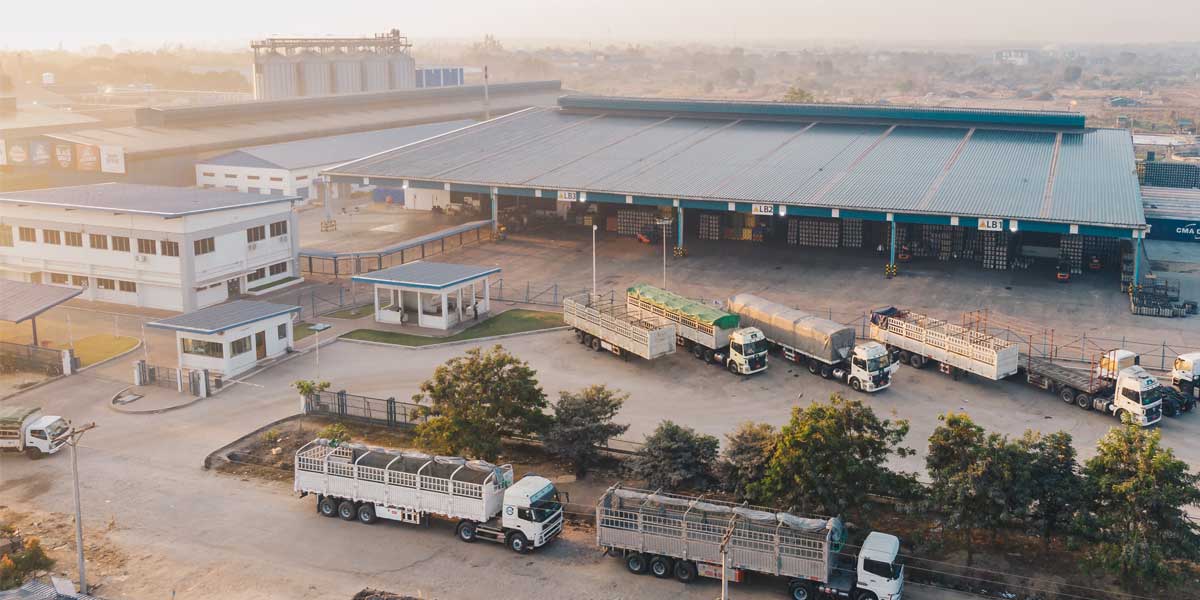

Conventional metrics in cement distribution would lead us from the factory gates to the final consumption point and to the role of efficiency in distribution with a range of intra-firm channel partners embedded in the chain from exclusivity to inclusivity, but that does not answer many questions that must be asked if a number of objective functions have to be met. The performance of a channel can be measured across multiple dimensions. The parameters that are measured usually are effectiveness, efficiency, productivity, equity and profitability of the channel.
Cement Industry as a whole has settled for some objectives that remain non-negotiable, while there are new objects on the horizon for the future, sustainability being one of them. As a substantial percentage of the cost is embedded in logistics, the focus on logistics therefore subsumes many of the other competing objective functions, sustainability will not make it less onerous.
Distribution data among industry firms is not readily available as transparently nor are they used for benchmarking. But indirectly the data shows that in most firms as high as 25 per cent of the capital employed is in the working capital for servicing inventory and receivables alone.
This may not be obvious if one goes by the peculiarity of the cement industry, with a channel structure built around distributing from the cement producing plant to the market within a catchment area of at maximum 300km on average as otherwise transportation cost would be too high to make the distribution economical. Thus the network optimisation programmes run to see how the transportation cost could be optimised with an Integrated plant approach versus a Hub & Spoke with several models of channels around them. But either way an average outbound logistics cost of Rs 1,350/T for the industry (all models aggregated) talks of 25 per cent of the cost of sales dedicated to the distribution logistics alone.
This is where the objective functions clash with each other and working capital must also be included as an equally potent metric. A shift away from logistics cost as the primary metric and including total cash blocked in the distribution would perhaps ensure a fairer share of the importance of cash conversion as an important driver of business results.
Cement supply chains starting from factory to the consumption point (almost a majority of the cases) work on the push-mode with the decoupling points as warehousing facilities or large exclusive dealerships who work as distributors to the final retail outlets in dealer shops. Vertical integration as attempted in Ready Mix Concrete supply chains (who also become decoupling points) work much better in smoothening the demand supply equation and thus closer to Just-in-Time methods as visible signs that take out a sizeable chunk of inventory holding waiting for demand aggregation. This is still a minuscule component of the overall pie, thus pull systems remain low in penetration.
The end-to-end supply chain of cement must on the other hand streamline product concepts to market, rationalizing product portfolio and drive smart assortment plans and allocation strategies across the distribution chain. For this, a prediction of the market demand (almost on a daily basis) for each product in the portfolio while optimising inventory in a multi-echelon distribution channel comes as the most challenging task as cost effective throughput would mean logistics cost minimisation while that could raise the cost of working capital in the entire channel.
The various channels have different purposes in the value chain; however, each task needs to support the overall corporate goals. As the number of channel partners increase, it is difficult to ensure that the channel partners are performing their specific roles as effectively as required. Aligning corporate objectives all through the chain remains a challenging task, especially with more sobering tasks mandated by Net Zero are already on the anvil. Driving sustainability together with the channel partners would ensure that accountability for the environment reaches to the furthest precincts of the channel right up to the customer; educating the customer on construction materials and sustainability then would be more comprehensive.
- Procyon Mukherjee